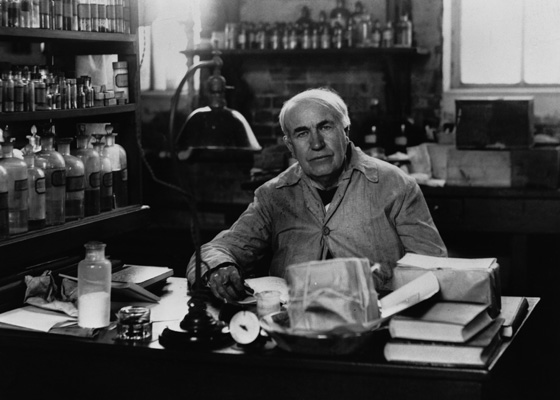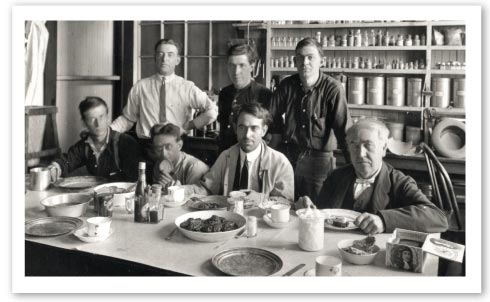
Young Tom Edison-about 12
He is the world’s greatest inventor-proclaimed Man of the Millennium in 1996 by Life magazine. Economists believe because of his incredible lifetime accomplishments, one fourth of all the jobs on the planet today can be traced back to him.
Yes, it is Thomas Edison, the home-schooled boy born in the Midwest in 1847 who develops an indomitable spirit of never giving up and learning from failure.
His early fascination with telegraphy leads to many new inventions including vastly improved telegraphy, a more practical telephone, the stock ticker, and an electric pen-the harbinger of copying machines.
As he matures he rocks the world with the electric light bulb/and the demonstration of the central electric power generation system, the phonograph and movies… three mainstays of our modern world. Another major innovation is the “invention factory”, a system for producing rapid prototypes of new inventions, later to be re-named the R&D lab-arguably his greatest contribution to economic growth.

The Invention Factory
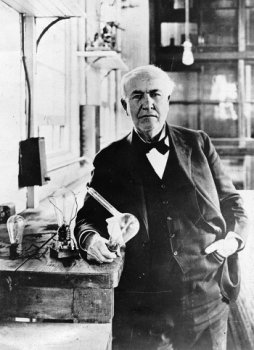
Edison with the First Electronic Patent-a Hybrid Light Bulb Prototype Vacuum Tube
Today, his inventions and accomplishments make up about 10% of the annual American economy…85 years after his death!
On and on the litany of his inventions go-the first electronic patent, leading to vacuum tubes; radio transmission; alkaline storage batteries; loudspeakers; improved cement; fluoroscopy; talking dolls; fluorescent lights. It is a rich and powerful engine of innovation he fashions.
We think it is cool today to have electric vehicles in our garages, charging up overnight. We can thank Edison for this as well, for he pioneered such a thing in 1905-1908. Edison, the visionary, was busy years ago changing our world in yet another way. Oh yes, Edison was a big solar energy enthusiast way back in 1910!

Edison Holding his Famous Nickel-Iron Storage Battery for Electric Vehicles
At his legendary West Orange, NJ labs, known today as the Thomas Edison National Historical Park [NPS], visitors can experience Edison in many displays; and listen to experts discuss the man’s successes and failures.
The Park is the site of the world’s most complete technological museum, the mother ship of our nation’s technological glory, where everything Edison is carefully and lovingly cared for so generations of Americans can experience the birth of our technological prowess. All his original inventions and related 5 million written documents and laboratory notebooks are all there.
About 40,00 students and teachers a year visit the site as part of their STEM classroom experience … for Thomas Edison and what he did at West Orange is the very taproot of STEM learning.
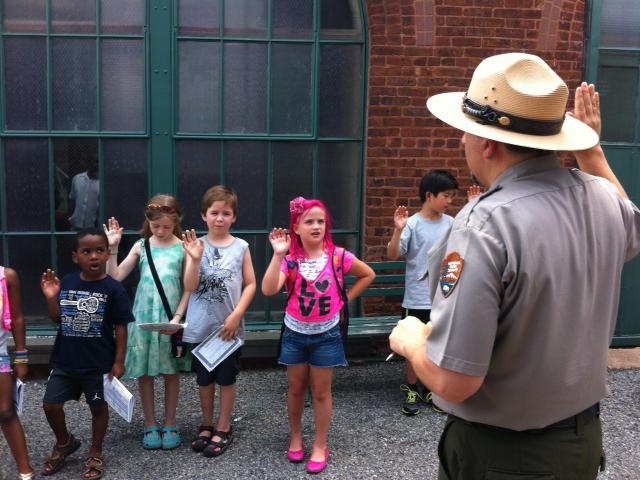
Young Students Visiting the Park and Taking their Junior Ranger Oath
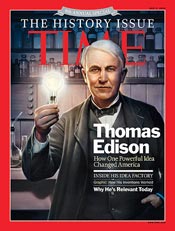 Thomas Edison said, “I have more respect for the fellow with a single idea who gets there than for the fellow with a thousand ideas who does nothing.”
Thomas Edison said, “I have more respect for the fellow with a single idea who gets there than for the fellow with a thousand ideas who does nothing.”
Time® is a registered trademark of Time Inc.


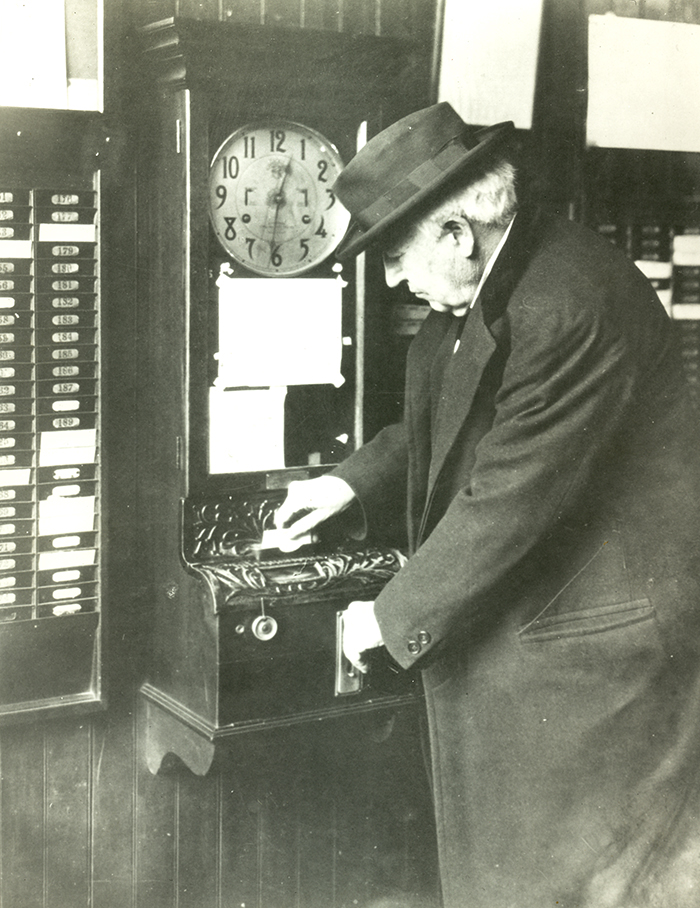

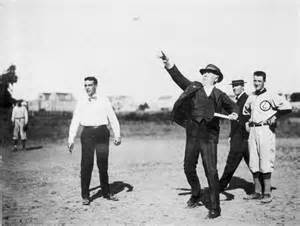 Yes he was, a baseball fan. No big surprise here that he would love this beloved American sport. Here he is below throwing out a baseball, kicking off a long-ago match between teams … boys on a summer day.
Yes he was, a baseball fan. No big surprise here that he would love this beloved American sport. Here he is below throwing out a baseball, kicking off a long-ago match between teams … boys on a summer day.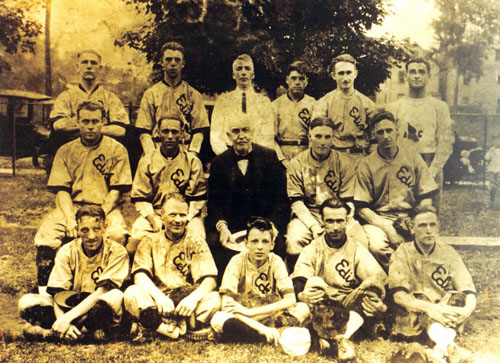
![Connie Mack-TAE-Ty Cobb [best]](https://www.edisonmuckers.org/wp-content/uploads/2016/05/Connie-Mack-TAE-Ty-Cobb-best.jpg)

